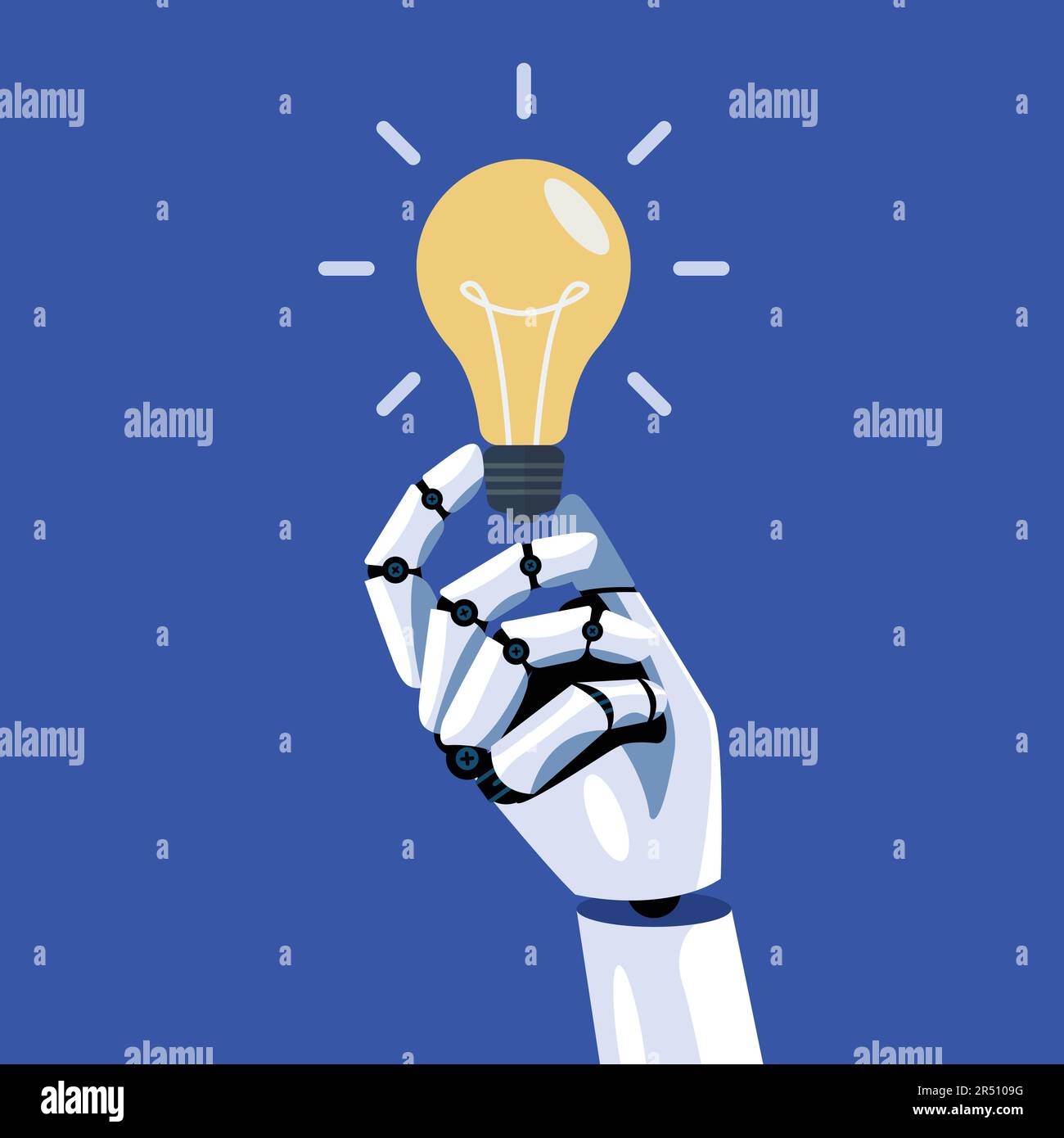
Print( "Bot:", chatbot.get_response(text_input))Įxample 2: In this example, I am using a text file that I have taken as a sample from a website. The following example uses the list trainer.

The list trainer takes a list of statements that represent a conversation. Print( "Bot:", chatbot.get_response(user_input)) We then get the response using the method get_response and print it. For doing so, we are creating a while loop that takes the input from the user and quits when the user enters ‘quit’. 1īot_trainer = ChatterBotCorpusTrainer(chatbot) TheChatterBot Corpus contains data that can be used to train chatbots to communicate. For example, I am giving the name “My Bot”. The next step is to give a name to our chatbot. from ainers import ChatterBotCorpusTrainer from chatterbot import ChatBot Creating a new chatbot We import the modules which we will be using in our chatbot.
CREATE CHATBOT WITH MACHINE LEARNING INSTALL
You can install ChatterBot using the pip command. ChatterBotĬhatterBot is a Python library used to create chatbots that generate automated responses to users’ input by using machine learning algorithms. They are computed from reputed iterations while training the data. Neural networks calculate the output from the input using weighted connections. Some of the examples are naïve Bayes, decision trees, support vector machines, Recurrent Neural Networks (RNN), Markov chains, etc. AlgorithmsĪlgorithms reduce the number of classifiers and create a more manageable structure. A standard structure of these patterns is “AI Markup Language”. The bot uses pattern matching to classify the text and produce a response for the customers. Rule-based chatbot: A rule-based bot can only comprehend a limited range of choices that it has been programmed with.ĪI-based chatbot: It is trained using machine-learning algorithms and can understand open-ended queries.Ĭhatbots work by adopting three classification methods: Pattern Matching There are generally two types of bots: Artificial Intelligence (AI) and Machine Learning (ML) chatbots. It is expected that in a few years chatbots will power 85% of all customer service interactions. Known as NLP, this technology focuses on understanding how humans communicate with each other and how we can get a computer to understand and replicate that behavior. Currently, chatbots, or digital assistants, use natural language processing to communicate with humans. A chatbot can work alongside a knowledge base, deliver personalized responses, and help customers complete tasks. A chatbot enables businesses to put a layer of automation or self-service in front of customers in a friendly and familiar way.


 0 kommentar(er)
0 kommentar(er)
